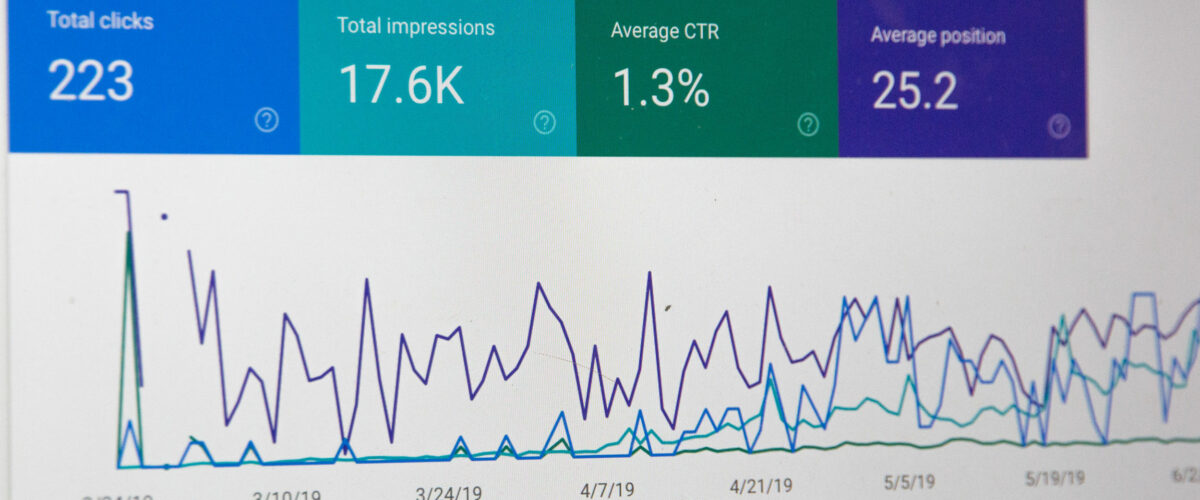Search engine optimisation (SEO): what’s the secret?
When you’re writing copy, making it search engine optimisation-ready doesn’t have to be complicated. Effective SEO should come naturally; just think like your readers would.
Search engine optimisation – known as SEO – is about understanding what users are looking for, and hopefully driving more of them to the content you believe will best answer their questions. SEO comes from us; everyday people asking Google a question. That coveted first page of results comes together as a result of us asking questions around a topic in very similar ways.
When we find content that answers our questions fully and in a clear way, we’re happy. The next 100 people who come along and choose the same article will feel that too. And in the background, Google’s algorithm is taking note, identifying the content as trusted and valued. The algorithm is the process Google uses to update their content ‘rankings’ – to make sure they are delivering the best content to users.
Keep things short for effective SEO
Attention spans online are short, so the articles that succeed at SEO tend to be list-themed, with short sections, numbered lists or step-by-step layouts. Huge chunks of text don’t work that well, so subheads are important too because they break up the article and can point to valuable information.
The article’s structure should address some of the following questions:
- What information would you expect to find if you were interested in the topic you’re writing about?
- What’s your competition? Who’s doing this better (ranking wise) and why?
- Give your article a beginning, middle and end, so the user gets everything they need in one place.
- Make sure your content matches the title of your article, therefore answering the user’s question. For example, if your article is all about ‘investing for retirement’, giving it a title like The long and winding road after retirement, is not going to be very effective.
Which brings us onto keywords.
Keywords in the right places
When people are looking for information online, they tend to keep things short, and they tend to use simple questions or phrases. (How do I invest for retirement? or How to invest for retirement, for example). SEO involves understanding user intent and recognising the type of content they want to find in response to a question. It’s also about what they want to use that information for – getting in touch with a financial adviser, for instance.
So it would make sense for this particular article to use the words invest and retirement somewhere in its title. This makes things easier when writing the rest of the piece, enabling the writer to refer back to the keywords within the introduction, main content and subheadings.
When you’re writing, try to use your main keyword in the first 100 words of your article. After someone reads your introduction, they should know exactly what they are going to learn if they keep reading.
If you take a look at other articles doing well in the rankings on the same subject, you’ll probably find they’re continually pointing back to the central question posed by the title, too. Subheadings help SEO, too. If one of yours is What types of stocks should I invest in?, the first sentence in that section shouldn’t be about the history of the London Stock Exchange. By answering the question first, you’ll have more time later to weave in context and scenarios.
Aiming to give your reader the best content to address their need means the SEO should happen naturally. They’ll feel more informed – and maybe you’ll see your content scale the rankings.
A clear conversation
Our editorial and design services can help you optimise your content and talk about investing in a way that’s engaging and easy to understand.
Email chrisnutt@investorcoms.com or call +44 (0)20 3328 5498.
